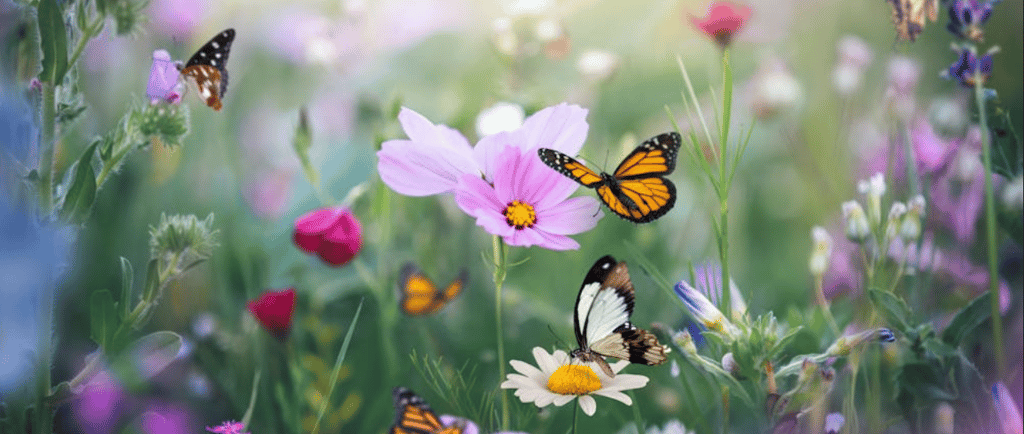The Rise of Pollinator-Friendly Gardens
Discover how pollinator-friendly gardening supports bees, butterflies, and biodiversity while creating a thriving, sustainable garden at home.
GARDENING
8/23/20251 min read


The Importance of Pollinator-Friendly Gardening
Pollinators—bees, butterflies, hummingbirds, and even certain beetles—play a crucial role in global food production and biodiversity. In fact, one-third of the food we eat relies on pollination. Yet urbanization, pesticides, and habitat loss are causing pollinator populations to decline rapidly.
Pollinator-friendly gardening has emerged as a sustainable way for homeowners and communities to reverse this trend. By creating safe habitats filled with nectar-rich plants, you can support local ecosystems while enjoying a vibrant, buzzing garden.
What Makes a Garden Pollinator-Friendly?
A pollinator-friendly garden is designed with diversity and sustainability in mind. Key elements include:
Native Plants – Local flowers bloom at the right time for local pollinators. Examples: lavender, coneflowers, milkweed.
Continuous Bloom Cycles – Choose plants that flower in spring, summer, and fall to provide year-round food.
Pesticide-Free Practices – Even “natural” pesticides can harm bees and butterflies. Opt for integrated pest management instead.
Shelter & Water – Rocks, logs, and small water basins give pollinators safe resting places.
Designing Your Own Pollinator Paradise
Start small. Even a balcony with pots of wildflowers can attract bees.
Layer plants. Combine shrubs, perennials, and ground cover for visual appeal and ecological balance.
Think beyond flowers. Herbs like thyme and basil, or fruiting plants like strawberries, also support pollinators.
Leave some wild. A little untamed corner of your yard can provide habitat for solitary bees and butterflies.
The Bigger Picture: Community Impact
Pollinator-friendly gardens do more than beautify private spaces. When neighborhoods adopt them collectively, they create pollinator corridors—safe passageways that allow species to thrive even in urban areas. Schools, community centers, and workplaces are also beginning to integrate pollinator zones as part of broader sustainability initiatives.
Final Thoughts
Creating a pollinator-friendly garden is one of the simplest ways to fight biodiversity loss while making your outdoor space healthier and more beautiful. By planting native flowers, reducing chemicals, and welcoming a bit of wildness, you’ll help ensure pollinators continue their vital work.
👉 At Humble Hands Services, we specialize in sustainable gardening solutions that balance beauty with biodiversity. Learn more about our eco-friendly gardening services
Get in touch now!
info@humblehands.services
+61-123-456-7890
© 2025. All rights reserved.


Privacy Policy
